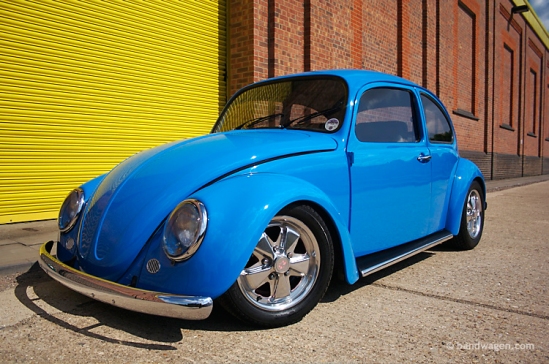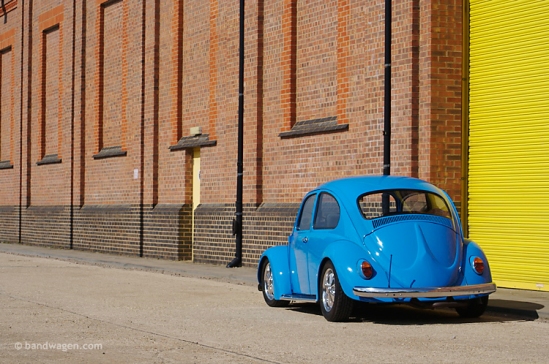Posted By John Katz, June 25, 2012 in E-News, Engine & Drivetrain
Part 1 http://wp.me/pKHNM-1cL
Part 2 http://wp.me/pKHNM-1cL
From www.hotrodandrestoration.com
With manual transmissions in demand, it isn’t surprising to find that a fair number of vehicles—particularly muscle-era vehicles—that left the factory with an automatic transmission are being rebuilt with a manual. Frederick estimated that about 60 percent of American Powertrain’s classic muscle car customers are replacing an automatic transmission with a manual.
“[The conversion] is time-consuming, but not terribly complicated,” Frederick said. “Most of the parts bolt in.”
“It isn’t for the faint-of-heart or for anyone short on patience, but it’s do-able,” Hill added. “It’s just a matter of working through the process.”
Obviously you’ll need a pedal assembly; fortunately, according to Hill, there are a lot of aftermarket units that work quite well.
“That also gives you the option of using a hydraulic release bearing instead of a mechanical clutch linkage, which, depending on the application, can have some advantages,” Hill said. “It’s going to take a longer or shorter drive shaft. It’s going to take a different yoke on that driveshaft. The power bushing in the motor for the transmission input shaft may have to be changed. The starter could be affected by the diameter of the flywheel you put into the vehicle.
“You start at the back of the crankshaft and start matching componentry as well as possible—and if you can’t match it, then you have to compensate for it,” Hill continued. “I don’t think we’ve ever run into something we couldn’t convert, as long as we’re talking about American muscle.”
Many of the same issues crop up even when swapping one manual for another—for example, the customer who has a 454 and a Muncie and wants to put a modern six-speed in it.
Like many other projects, it’s significantly easier with older (i.e., pre-computer) hardware. If either the engine or the transmission came with computer controls, it gets a little more involved. And keep in mind that even some modern manuals now have computer controls—the GM transmission that comes with the LS engine, for example, with its skip-shift function.
Of course, some customers will want to go the other way and replace a factory manual with a new, high-tech automatic.
“It’s most important to make sure you have all the correct components—and that you make the finished job look appealing to the customer,” said Poff of TCI. “It’s the mounting that’s most likely to give you trouble.”
According to the experts, you’ll need to ensure that you have the right crossmembers and that there’s enough room inside the tunnel.
“There is no one-size-fits-all solution; every application is unique,” added Poff. “But once the physical installation is accomplished, it’s pretty straightforward to make everything operational.”
Either way, Nichols suggested finding out from the customer how critical it is to keep the car looking original, versus the cost to locate and install all of the correct original components.
As with so much else in hot rodding, the best results generally come from purchasing and installing complete systems.
“That goes for any product from any company in this business,” Frederick said. “We say, ‘Look, we have a turnkey kit. We figured it all out, and all you to do it plug and play.’ Buy it all from one source and you know all the parts are going to work together.”
Thanks for reading.
Tim






























